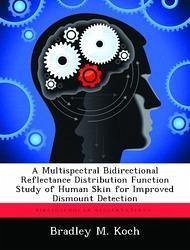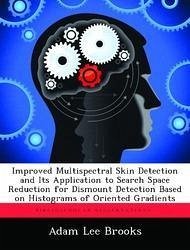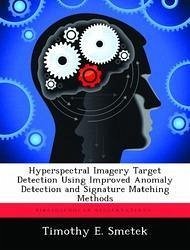Nicht lieferbar

A Multispectral Bidirectional Reflectance Distribution Function Study of Human Skin for Improved Dismount Detection
Versandkostenfrei!
Nicht lieferbar
In 2008, the Sensors Exploitation Research Group at the Air Force Institute of Technology began using spectral properties of skin for the detection and classi cation of humans. Since then a multispectral skin detection system was developed to exploit the optical properties of human skin at wavelengths in the visible and near infrared region of the electromagnetic spectrum. A rules-based detector, analyzing an image spectrally, currently bases its skin pixel selection criteria on a di use skin reflectance model. However, when observing skin in direct view of the sun, a glint of light o skin is ...
In 2008, the Sensors Exploitation Research Group at the Air Force Institute of Technology began using spectral properties of skin for the detection and classi cation of humans. Since then a multispectral skin detection system was developed to exploit the optical properties of human skin at wavelengths in the visible and near infrared region of the electromagnetic spectrum. A rules-based detector, analyzing an image spectrally, currently bases its skin pixel selection criteria on a di use skin reflectance model. However, when observing skin in direct view of the sun, a glint of light o skin is common and indicates specularity. The areas of skin with a high degree of specular reflectance, results in misdetections. We show that skin is characterized by di use and specular reflectance, with both components dependent on the scene con guration. While we cannot always rely on the person to directly face the camera or have constant illumination conditions, it is important to have flexibility with the rules-based detector as the scene changes. Our research better characterizes skin reflectance as a function of source and detector angular locations to improve on the rules-based detector.














